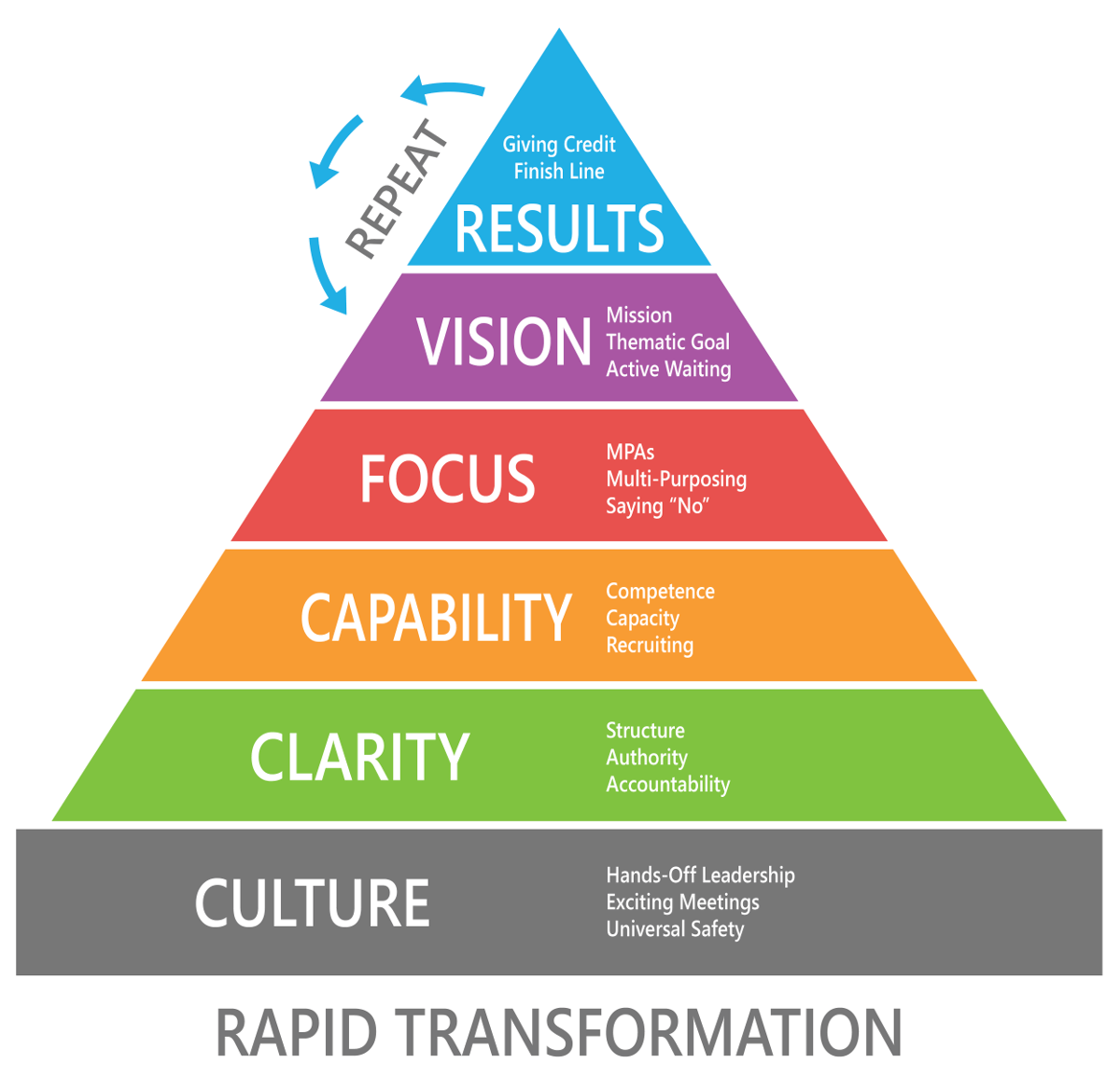
A coaching style can create strong team bonds, encourage a culture of learning, and improve engagement. This often means a focus on your team's long-term career development, even if that means more mistakes in the short term. When you take a coaching approach to leadership, you take on the role of a coach to your "team" of employees.

This style works whenĪ project requires a fixed, linear process When using this style, it's important to remember that intrinsic motivation has been shown to be stronger in the long run. Leveraging extrinsic motivation in this way can be effective when undesirable work needs to get done, but it can also discourage creativity and risk taking. Transactional management rewards employees for reaching a goal with incentives like bonuses or stock options. There's a clear objective that could benefit from innovative ideas There's open communication between managers and employees It's also possible to arrive at a majority decision that isn't right for the company. Like the democratic style, this can be time consuming. This style can improve employee morale while developing the leadership skills of future company leaders. This style works whenĮmployees are adaptable and willing to take calculated risksĬollaboratively-managed teams open up all ideas for discussion, with final decisions made by the majority preference rather than management alone. This focus on lofty goals and long-term development often boosts innovation and intrinsic motivation but can also lead to burnout and can feel disruptive. Managers inspire employees to push beyond their comfort zones by expanding their skills and expertise and taking on new projects to achieve a shared goal. Transformational leaders create an environment constantly changing to reach and exceed company goals. This style works whenĪn organization has a more relaxed company cultureĮmployees are self-motivated or have been doing their jobs for a long time This can boost employee motivation and creativity as part of a relaxed company culture, but it can also pose a challenge for employees needing more direct support (particularly new arrivals or those early in their careers). In turn, the manager can answer questions and help when necessary. Employees make their own decisions and work with little guidance or instruction. The laissez-faire management style is not quite a hands-off leadership approach, but it allows the manager to take a step back. This style works whenĭecisions don't involve private or confidential informationĪn organization wants to promote and develop talent from within It can also take more time and may increase the potential for conflict. This approach can enhance collaboration and creativity. This style benefits from bringing more diverse perspectives into the decision-making process while allowing team members to feel valued and engaged. This style works whenĪ democratic manager encourages team participation and discussion when making decisions. While this style can save time, boost efficiency, and reduce uncertainty, particularly in high-pressure or crisis situations, it also leaves little room for creativity or outside-the-box thinking. Autocratic managers have clearly defined rules and manage rigid, structured environments.


Leaders take a unilateral, top-down decision-making approach in the authoritative or autocratic management style. Let's take a look at several in more detail: 1. You may also prefer to use a combination of styles rather than just one. Each has its particular characteristics, but you'll also find they overlap and share traits. 8 management styles (and when to use them)Īs a leader, you have a choice of several management styles. When you have a clear approach to management, your employees are typically more productive because they know what you expect from them (and what to expect from you).

Hands off leadership how to#
Your management style helps those around you understand how you work, your expectations, and how to communicate with you. How much work you need to do, how quickly you must complete the work, your company culture, your personality, and your team goals may all have an impact. You might use one management style across all aspects of your job or shift from one to another based on various scenarios. Indeed defines management style as, “the methods a person uses to manage an individual, meeting, project, group of people, or organization”. Learn more about three main management style types and how to figure out which one is a good fit for your position. Finding the management style that is most effective for you is also dependent upon many factors, such as your personality, your goals and needs, and the personalities of those you’re managing. There are several unique leadership styles, and each one can help you find success as a leader when used in the right situation.


 0 kommentar(er)
0 kommentar(er)
